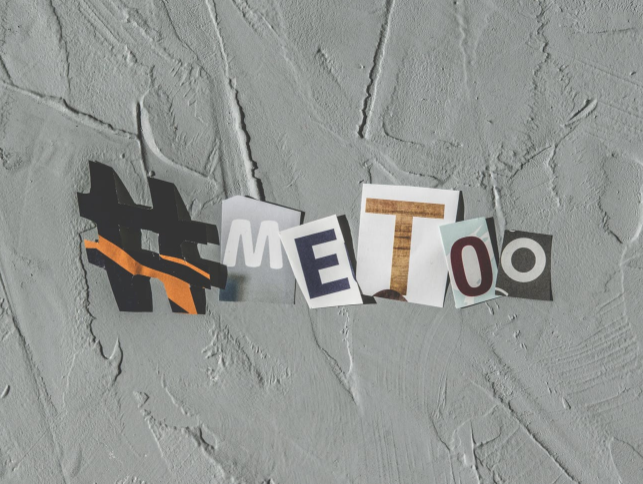The recent #metoo movement has shone a bright light on abuse, and rightly so.
Abusers need to be held accountable for their actions, society needs to become better at supporting victims, and those who have experienced abuse need to have a safe environment to heal and move forward. People in positions of power, those that live under suspicion in the shadows, and every kind of predator in between need to be dragged into the light and exposed for the sake of their victims, past and potential.
How can we, as a society, become more effective at responding to abuse? We first need to become familiar with the different kinds of abuse.
Sexual abuse is unwanted sexual behaviour forced on the victim. It can include anything from unwanted touching to forced sexual contact.
Emotional abuse, also called psychological or mental abuse, happens when a person exposes another to behaviour that may result in trauma that includes anxiety, depression, or post-traumatic stress disorder. Examples are gaslighting, threatening, manipulating, guilt-tripping, controlling, and intimidating. The most common places for emotional abuse to occur are at home and in the workplace.
Verbal abuse is a type of emotional abuse that uses words and body language to attack another person. It includes name-calling, yelling, shaming, rude gestures, and hurtful criticisms.
Financial abuse is restricting someone’s access to money by limiting their access to bank accounts, controlling their choice of employment, and monitoring their spending. It keeps the victim dependent on the abuser so the abuse can continue.
Physical abuse is any hurtful physical act against another person. It includes hitting, slapping, punching, kicking, shoving, and hair-pulling. There may not necessarily be bruises or physical evidence. When physical abuse happens within a relationship or at home, it is called domestic violence.
The signs of abuse are not always physical. Behavioural changes, shame, guilt, anxiety, anger, and self harm are possible indicators that a person has been abused, but every person is unique and reacts differently. These symptoms may also signal other issues.
The best approach is to build trust by listening and validating, encouraging an adult victim to connect with people who can help, or telling a trusted professional (such as a doctor, social worker, teacher, or law enforcement officer) about abuse of a child or elder. Always assure the victim that they are not to blame, and that they did the right thing by telling someone.



